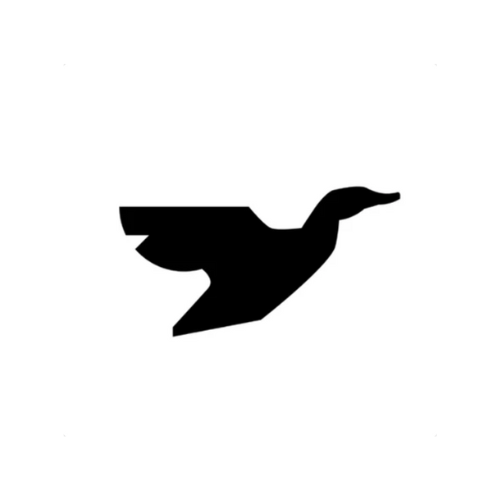Encourage Creativity and Independence at Home
Creating a space where your child can freely express themselves through art isn’t just fun — it’s also an essential part of their development. Whether your child loves painting, coloring, cutting, or gluing, having a dedicated DIY art station helps nurture creativity, independence, and focus. Even better? You don’t need a huge space or fancy materials to do it.
With just a few simple supplies — and the help of Duck Woodworks’ Kitchen Tower and Step Stool — you can create an accessible, child-friendly art corner in your home that promotes imagination and skill-building every day.
Why an Art Station Matters
Art is a powerful tool for:
- Developing fine motor skills (through drawing, cutting, gripping tools),
- Encouraging self-expression and emotional regulation,
- Fostering problem-solving and independent thinking,
- And most of all — building confidence as children explore and experiment freely.
But to unlock these benefits, the setup needs to be accessible, safe, and inviting for your child.
How to Set Up Your DIY Art Station
1. Pick the Right Spot
Choose a quiet, well-lit corner of your kitchen, playroom, or living space. Ideally somewhere where spills and splashes won’t cause too much stress (hello, wipeable surfaces!).
2. Use the Kitchen Tower or Step Stool for Accessibility
Our Kitchen Tower is perfect for making higher surfaces like countertops or tables reachable for young artists.
The Step Stool can help toddlers sit or stand at smaller desks or shelves, giving them just the right boost.
Depending on your space:
- Place the Kitchen Tower next to a kitchen island or utility table.
- Use the Step Stool for art tables closer to the floor or adjustable-height tables.
Both pieces are stable, stylish, and easy to move, which makes rearranging the space simple as your child grows.
3. Stock the Essentials (and Keep It Organized!)
Use small bins or drawers with open-top access so kids can help themselves. Here are some must-haves:
- Crayons, colored pencils, markers
- Child-safe scissors and glue sticks
- Washable paints and brushes
- Recycled paper, cardboard, and scrap materials
- Stickers, tape, and stencils
- Aprons or oversized shirts for mess protection
Label containers with pictures or colors for younger children who can’t read yet — this supports Montessori-style independence.

4. Create a Gallery Wall
Dedicate a small wall or corkboard for your child’s creations. Let them choose which pieces to display — it builds pride and encourages reflection.
Tip: You can even hang art directly on the side of the Kitchen Tower using string and clothespins for a rotating gallery!
5. Inspire Daily Use
Make the art station part of your daily rhythm:
- Invite your child to draw while you cook.
- Use it during quiet time as a calming, screen-free activity.
- Incorporate themed crafts (seasonal, holiday, nature-inspired).
Having this space available every day, not just occasionally, shows your child that their creativity matters.
Bonus Tips:
- Rotate materials weekly to spark new interest.
- Set up a small shelf with books about art or nature to inspire ideas.
- Let your child help clean up — it’s part of the process!
Final Thoughts
Setting up a DIY art station doesn’t require a full remodel — just a little creativity and the right tools. With our Kitchen Tower or Step Stool, you empower your child to access and enjoy their creative space independently, safely, and joyfully.
So go ahead — make a mess, explore textures, and color outside the lines. Your child’s imagination will thank you.
Explore our Kitchen Tower & Step Stool collection here!
Show us your art setup! Tag us on Instagram [@duckwoodworks] with #DuckCreates


